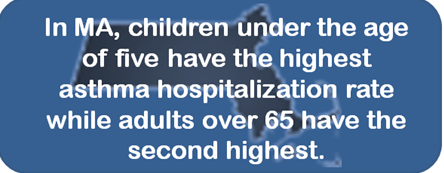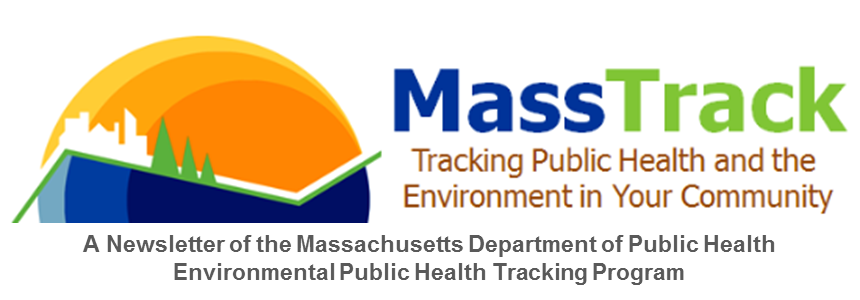 |
||||||||||
Spring 2018 - Volume 1, Issue 2Please share the newsletter with people who may find MassTrack interesting. Subscribe @ Contact Us. News and Updates
Content updates: An exposures page is now available on the MA EPHT website, where you can learn about exposure, different exposure pathways, and how exposure is measured.
Data Updates: New data are available for outdoor air quality. Featured Topic: AsthmaSpring is in the air and so are many particles that can cause allergies and asthma attacks. According to the Allergy and Asthma Foundation of America (AAFA), Spring is one of the peak seasons for asthma and allergies. The increased output of pollen from trees, grass, and weeds can bring about seasonal allergies and trigger respiratory symptoms in adults and children with asthma. Increased outdoor activity during these warmer months may also mean more exposure to air pollutants such as ozone and particles found in haze, smoke, and dust. Warmer temperatures can also be a time when respiratory irritants (e.g. pollen and mold) are abundant inside the home. Before you head outdoors or start spring cleaning, read on to learn more about asthma and air quality. Data HighlightsPediatric Asthma 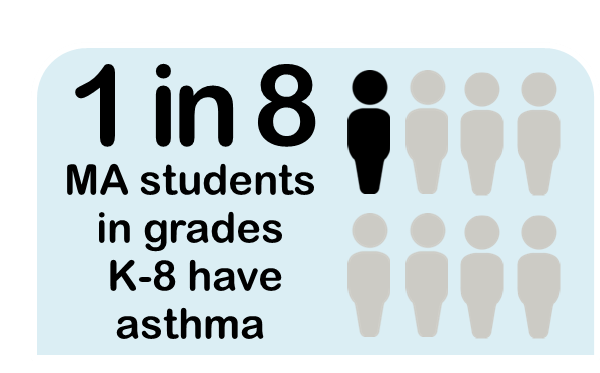
Asthma remains one of the most common chronic diseases among children in the United States. To learn about the occurrence of asthma over time and across Massachusetts, MDPH's Bureau of Climate and Environmental Health collects information from about 1900 private, public, and charter schools.
Asthma Hospitalization
Asthma is one of the top seven conditions that contribute to high costs and emergency room expenditures in the Commonwealth. The Center for Health Information Analysis collects information on all inpatient hospital admissions and emergency department (ED) visits in Massachusetts. MA EPHT analyzes these data and provides asthma hospitalization rates for adults and children. What are some common respiratory irritants? Respiratory irritants are substances that can trigger asthma and allergies. Pollen is one common example typically associated with spring, as warmer temperatures and rain helps plants thrive. Other outdoor and indoor pollutants can also play a role in aggravating pre-existing conditions or triggering seasonal allergies:
The best way to prevent seasonal allergies or lessen respiratory conditions from asthma or chronic obstructive pulmonary disease (COPD) is to reduce contact with irritants or triggers when outdoors, and reduce pollutant sources indoors. How can I reduce my exposure to outdoor air pollutants? 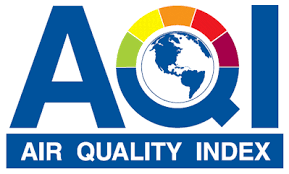 Outdoor pollutants peak at different seasons, so it is important to know when certain pollutants are at higher levels. For example, ozone is measured from April to September when it is more likely to be created in the environment. Weather can also change outdoor pollutant levels. Rain can reduce airborne pollen levels, while hot, dry, and windy days may result in higher pollen counts. Lastly, time of day is also a factor in exposure. Pollen counts are usually highest in the morning. People living near highways and major roads may have greater exposure to vehicle exhaust, especially in the morning when lower wind conditions result in poorer dispersion of these pollutants. Reducing time spent outdoors or walking rather than running when pollutants are high can prevent attacks. The following tips and resources can help reduce the onset of allergies or asthma symptoms:
How can I reduce my exposure to indoor air pollutants? 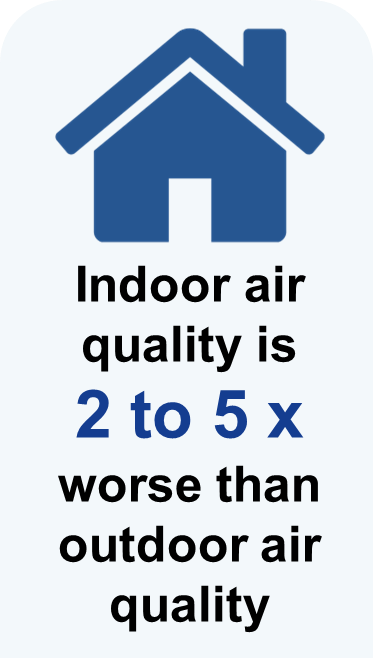
Poor indoor environmental quality can be caused by tobacco smoke, cleaning (e.g. dust and chemicals), cooking (e.g. pollutants from gas stoves or fine particles from electric stoves), moisture vapor generated in bathrooms, and dampness from leaks. Food and water sources attract cockroaches and other pests that may trigger asthma symptoms. Outdoor pollutants can drift in through open windows and doors. Racial redlining and historical housing policies have created areas where there is housing stock that have conditions that can exacerbate asthma symptoms. This housing stock is disproportionately used by communities of color and low resourced families. However, families can work with landlords to improve these conditions by reporting their concerns to local health departments. On the other hand, home ownership provides individuals with opportunities to improve housing conditions, like indoor environmental quality, compared to people who rent. The following tips and resources can help to improve indoor air quality and reduce personal exposures:
MA EPHT Tools and TipsExplore Maps in EPHT: Map Layers 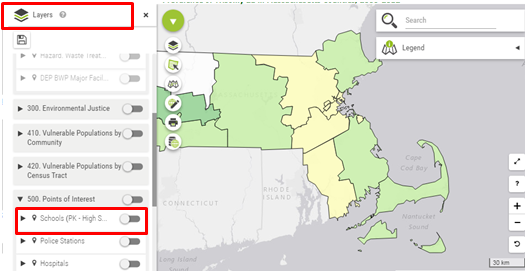 Select additional data to overlay on any map by selecting the "Layers" menu within our interactive maps. For example, look at pediatric asthma rates in your community, and see where local schools are located by adding the "Schools" layer to your map. View the mapping tool by selecting the "Explore Maps & Tables" button on any health and environmental topic page where data are available. |
||||||||||
|
